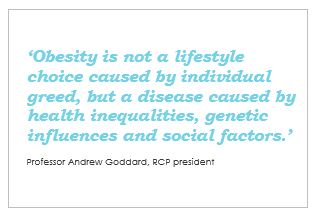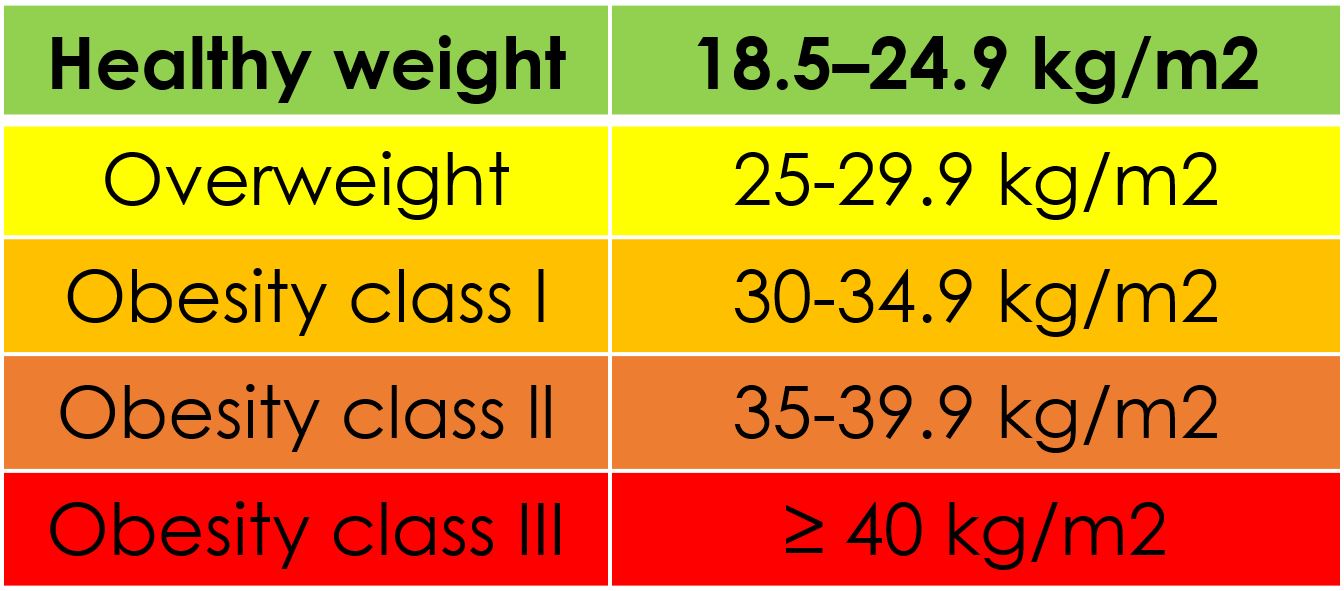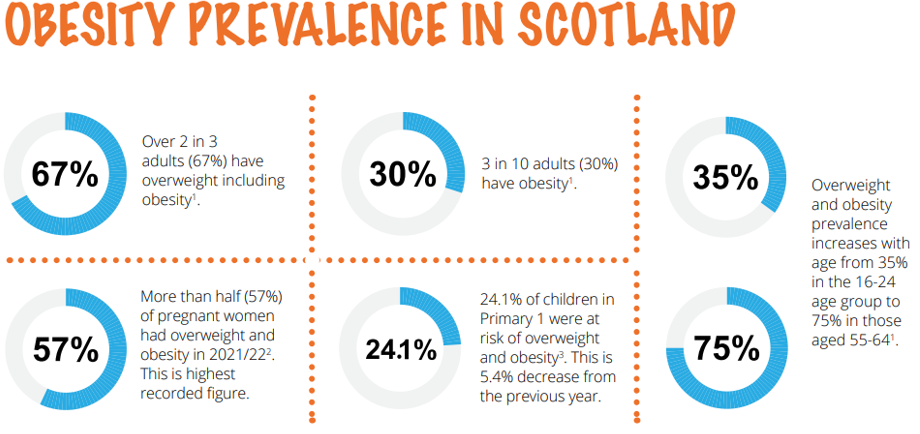Obesity - the picture

Obesity is a common problem in the UK, being ranked as one of the most obese nations in Europe. According to Health Media UK Obesity costs the NHS around £6.5 billion a year and is the second biggest preventable cause of cancer. Over one in four (26%) adults and 23.4% of children aged 10-11 years in England are living with obesity, placing huge pressure on the health and care system.
One of Public Health England's priorities for the next 5 years is “Healthier diets, healthier weight”, which is echoed across Scotland, Wales and N. Ireland. Focusing on tackling obesity by encouraging local populations to live a healthier lifestyle whilst and if required offering pharmacological intervention to assist in their weight loss journey.
According to Obesity Action Scotland its 3 in10 adults (30%)
In 2019 NHS Wales confirmed the levels were almost 25%
In 2020 the Health Service Northern Ireland confirmed the levels of obesity were over a quarter at 27%
Obesity is defined by a body mass index (BMI) ≥ 30 kg/m2. BMI is calculated using the following formula:

The National Institute for Health & Care Excellence (NICE) defines weight classes according to the following BMI ranges.

It is important to note that BMI should be used as a guide and is not definitive. For example muscle is much denser than fat, and as such very muscular people such as weight trainers and athletes may be a healthy weight even though their BMI is classed as obese.
- NICE Obesity Updated August 2023
2. NHS Statistics: Statistics on Obesity, Physical Activity and Diet England 2020
3. NICE Obesity Identification, Assessment and Management Updated July 2023

